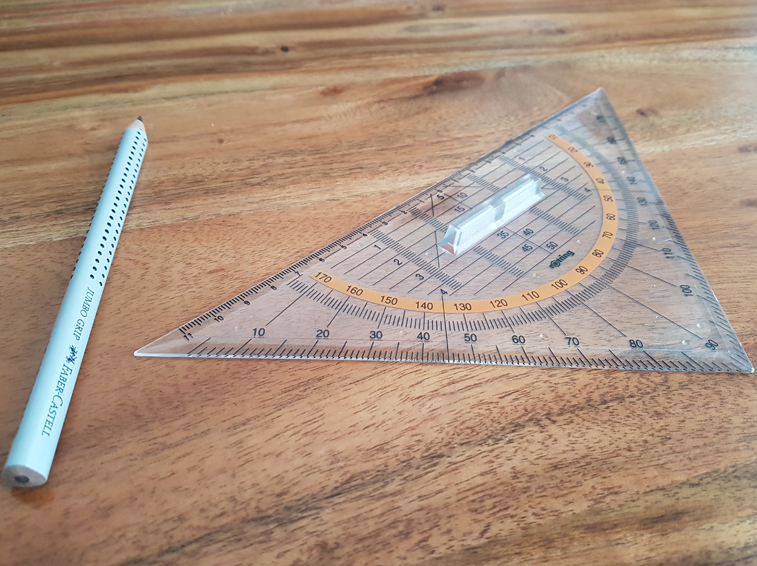
SOLAR LED STREET LIGHTING SHOULD BECOME THE INDUSTRY STANDARD
According to a summary by the Department of Energy, of the nearly 100,000 GWh of power generated by various energy sources in the Philippines during 2018, only about 1% of that power is solar.
Solar power in the Philippines has been a relatively new addition to the sources of renewable energy that we harness to power the country. It has been sparingly used over the past decade, with the only significant boom coming in 2016 when the first big solar farms of the country started becoming operational. This is despite the Philippines being geographically able to receive large amounts of sunlight per year.
As we enter a new decade, the numbers for solar power still do not stand out for the Philippines. Germany, one of the world’s leading nations in producing and consuming renewable energy, has solar power account for 7% of its total power generation. A figure that, in arithmetic, seems close to our 1%, but in practicality, means that to match that, efforts must be increased seven-fold.
It seems like a no-brainer for the Philippines to switch to solar. As mentioned, the Philippines has a geographical advantage of being in tropics. Its energy crises, while not catastrophic, are worrisome at best and a significant nuisance at most. But it seems it’s not a lack of willingness that’s preventing the country from converting, but a lack of call to action.
A call to push for putting solar LED lights on our streets would benefit the country greatly. The energy consumed by the shine of the highways and city streets would be converted to green energy and will provide a less expensive way of bringing more light to the dark rural backroads of provincial regions.

The concept is perfectly simple. The light from the sun gets converted by solar panels into energy stored into batteries that can be used to project light from LEDs during the night time. No loss of irreplaceable or expensive natural resources, no wastage, and relatively low costs compared to traditional electricity.
The execution and practical application, while requiring a lot of planning and budgeting, is a necessary step towards bringing the countries roads to the 21st century.
Solar street lighting has many advantages, namely, reduced maintenance and operational costs as well as its independence from existing electrical grids. It can continue to provide power in the event of an electrical power outage and any mechanical problems would only happen individually per light fixture, as opposed to relying on an entire power station to keep them functioning.
The individual nature of each LED street light also makes it easy for transportation. Something that will benefit rural areas that desperately need more lighting in the interest of safety.
Overall, they also produce more light for fewer watts than the average electric bulb, making them substantially more efficient. They are also very robust, making them resilient, reliable, and very long-lasting. With a greener future in mind, those are very important things to consider.
While significant change will always make city planners wary of the amount of work involved, switching to renewable solar power will ultimately prove to be beneficial in the long run as the world moves towards a greener and healthier Earth.
And this isn’t a suggestion to keep up with the times or join in on a “green energy fad” as it were. It’s an acceptance that industrialization has consumed much of what the Earth has very little of, and it’s up to us to change our habits for the better. After all, the benefits for the present and the future will always outweigh the cost.
Our streets and our highways have been lit by the stars in days long gone. They’ve also been illuminated by torches and gas lamps. For a majority of our roads today, they are still cast in the glow of aged and now relatively primitive electric lights. The time has come for us to help them evolve and usher them into the green age. Solar power isn’t a novelty anymore, nor is it a passing fad of liberalism. For today and for the rest of our tomorrows, it’s the standard.
Help your roads go solar and learn more about the application of this renewable energy in your community by contacting the solar lighting specialists at Quicklight Solar and Lighting Solutions.
